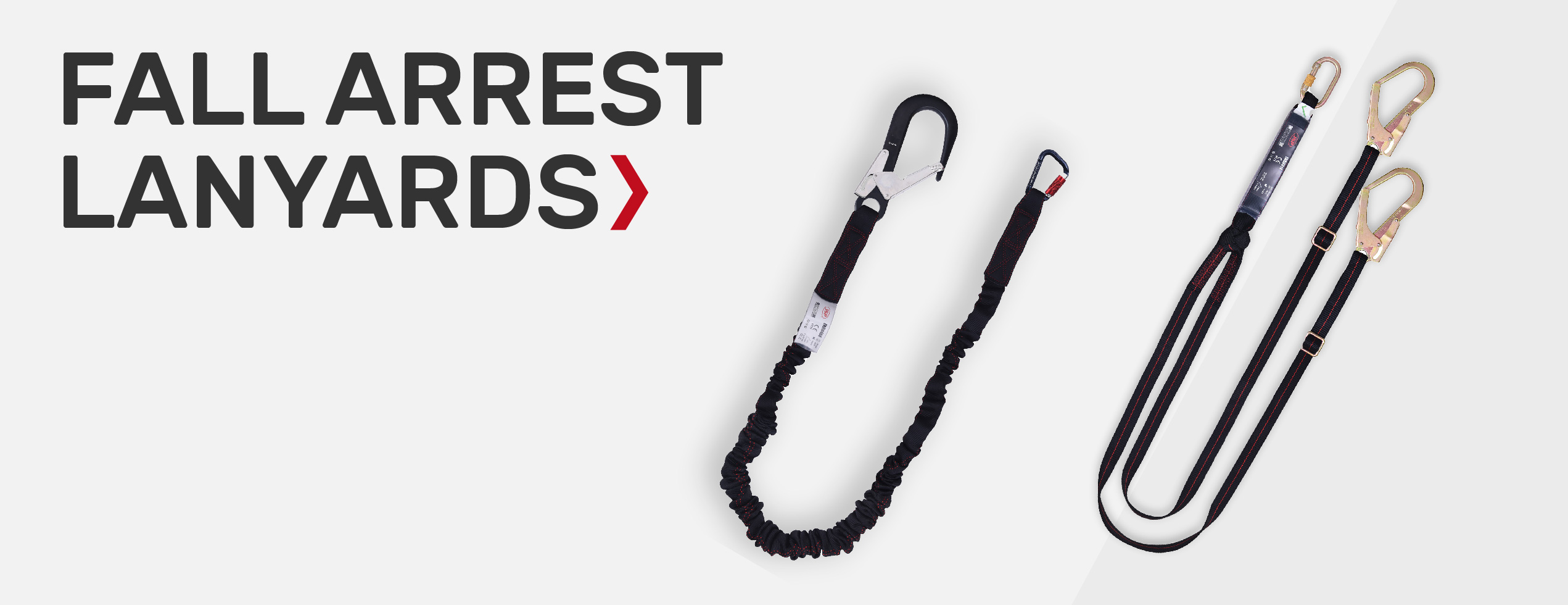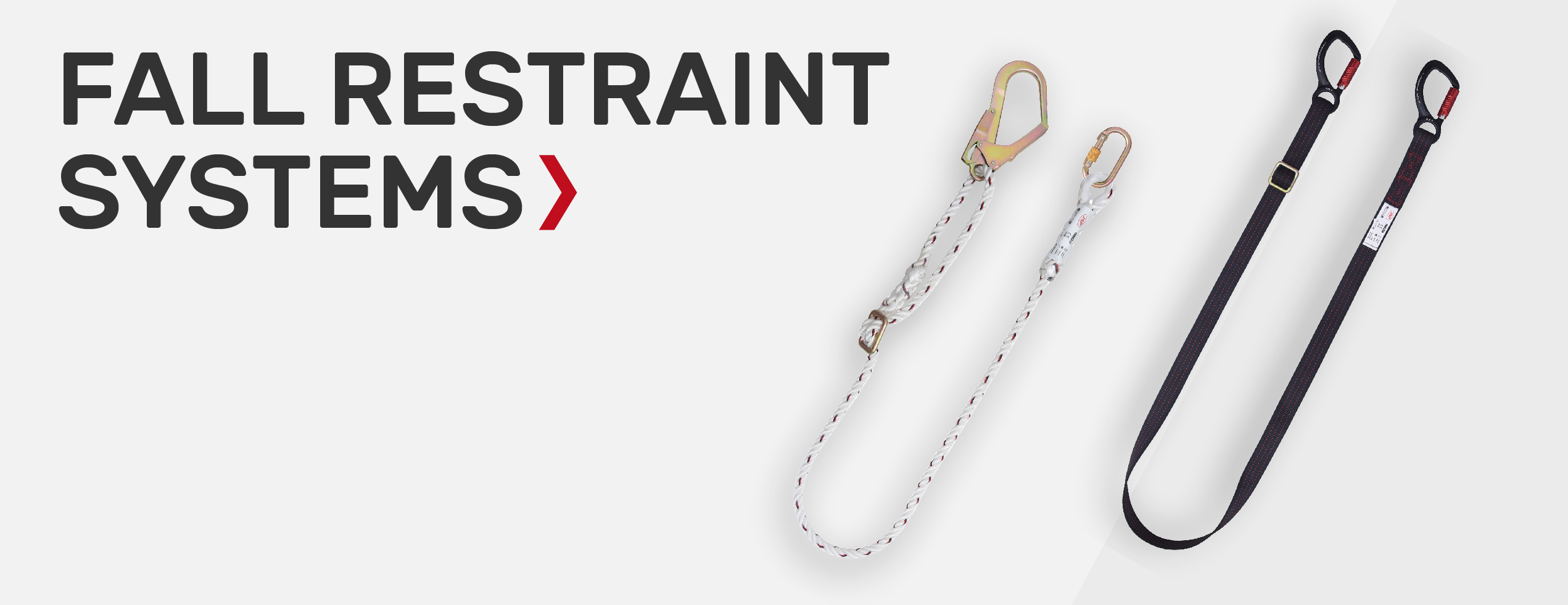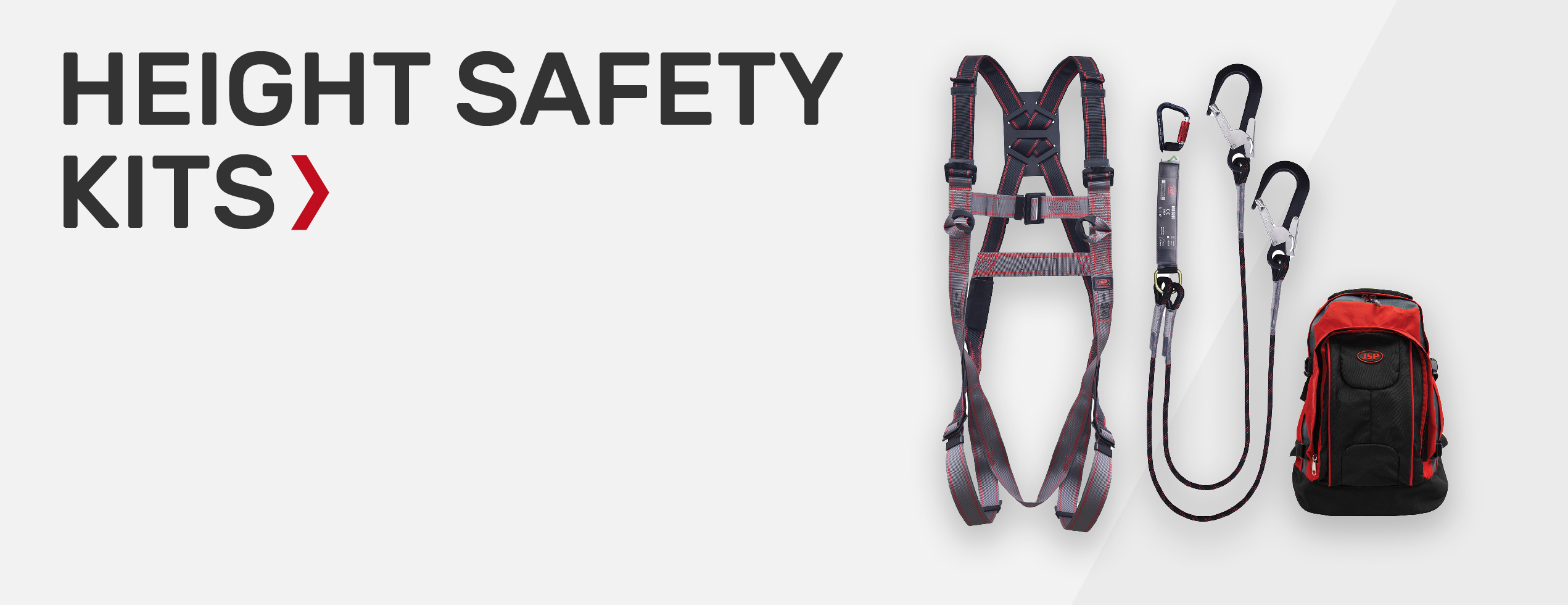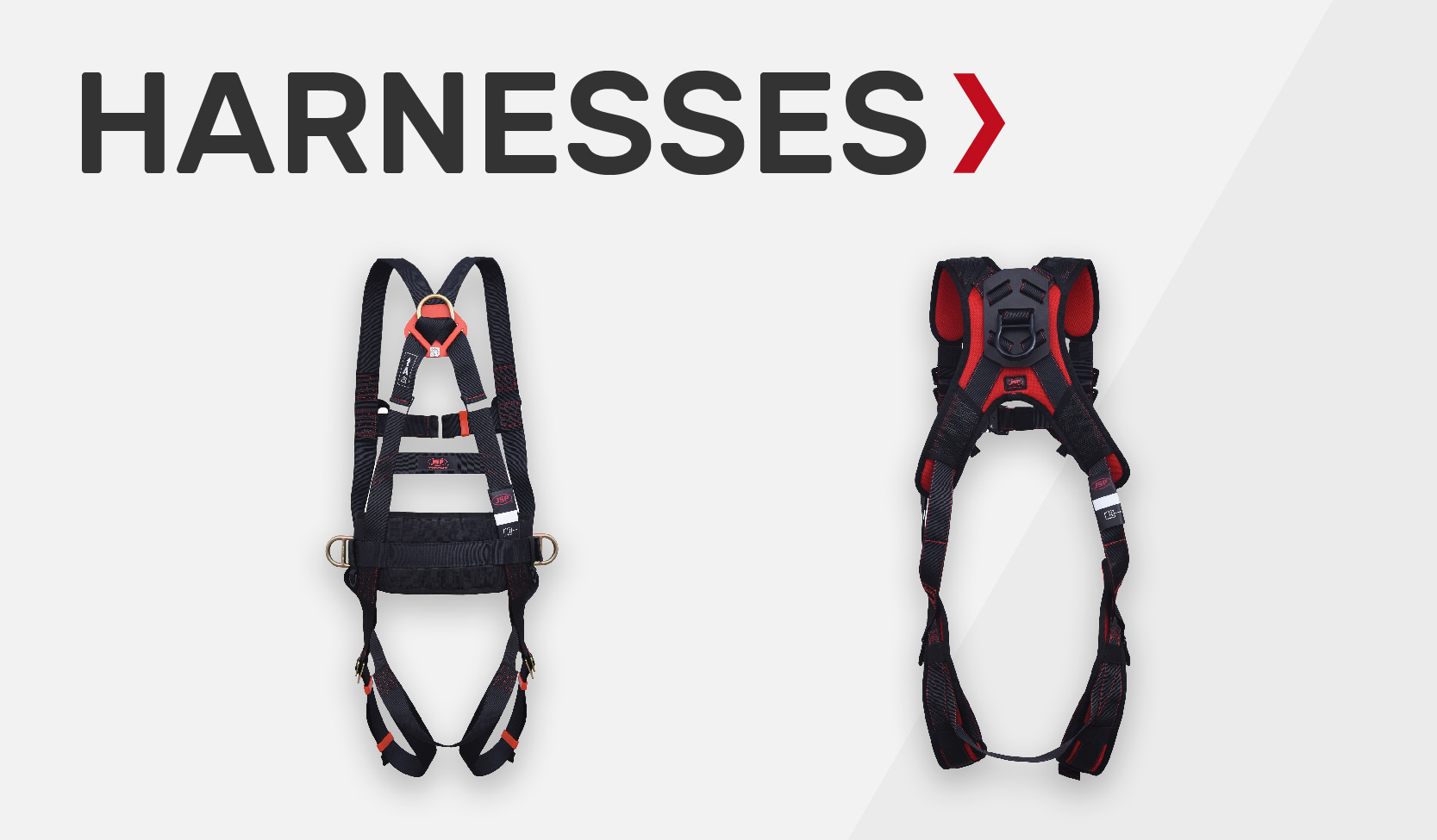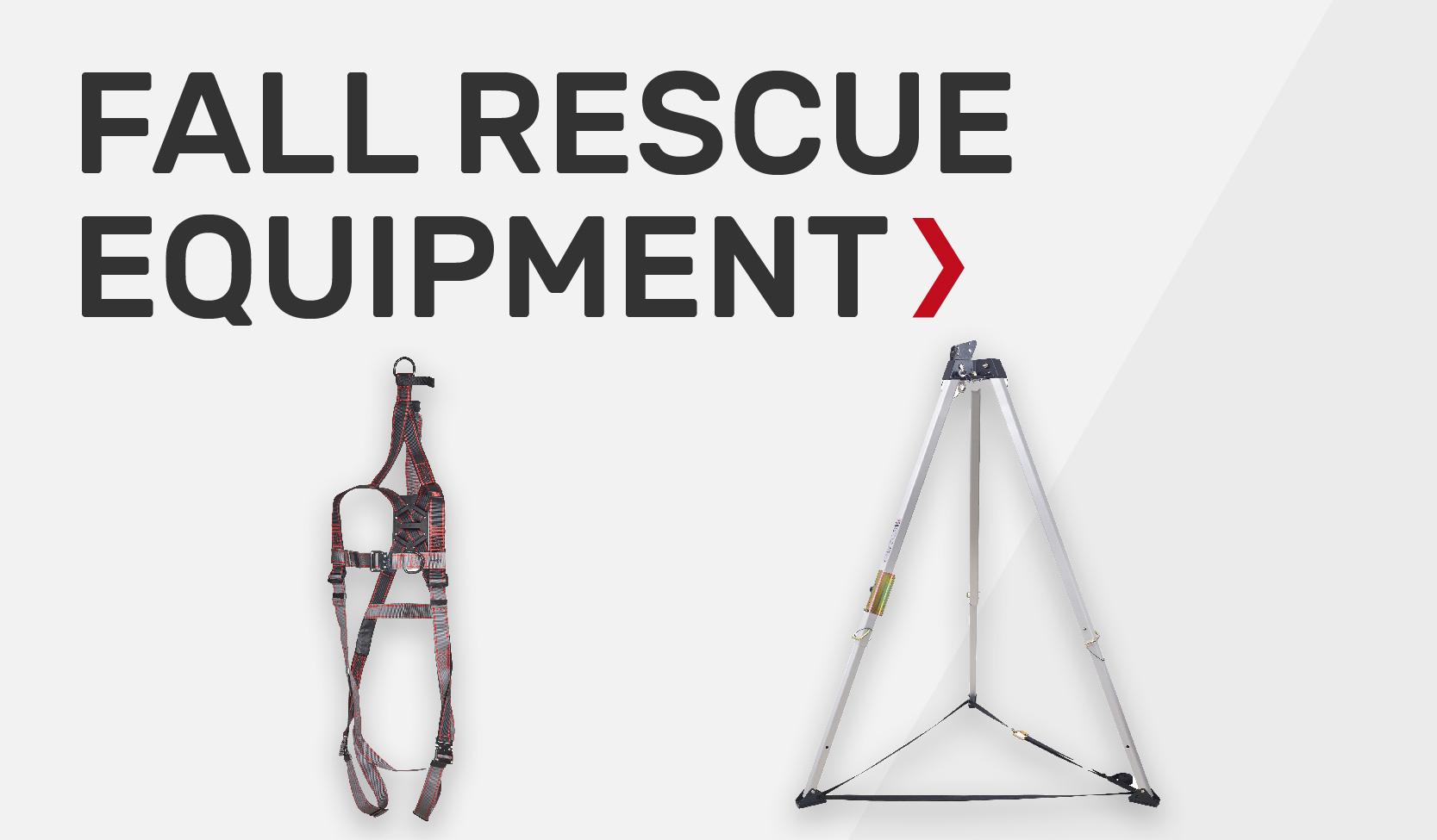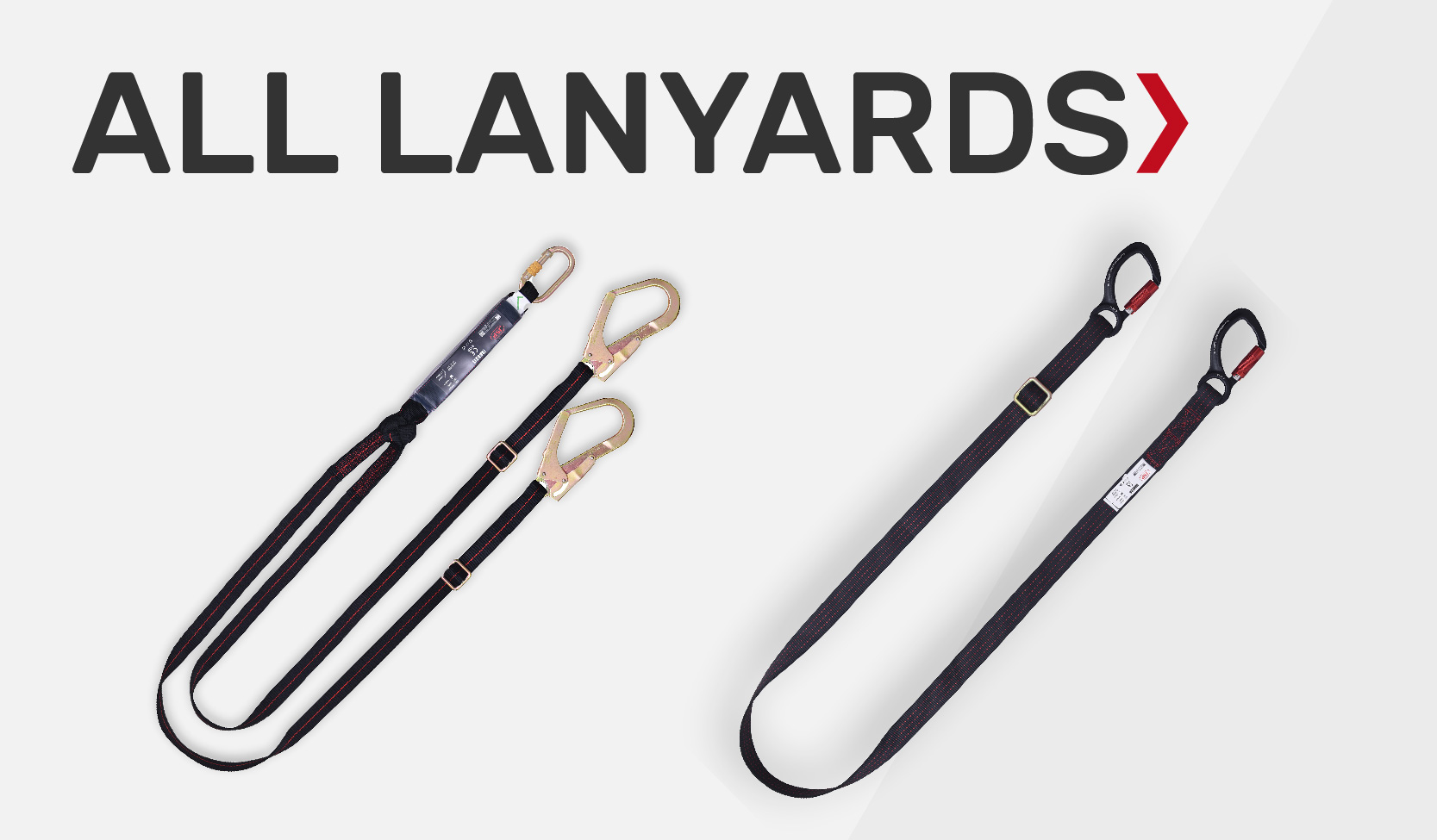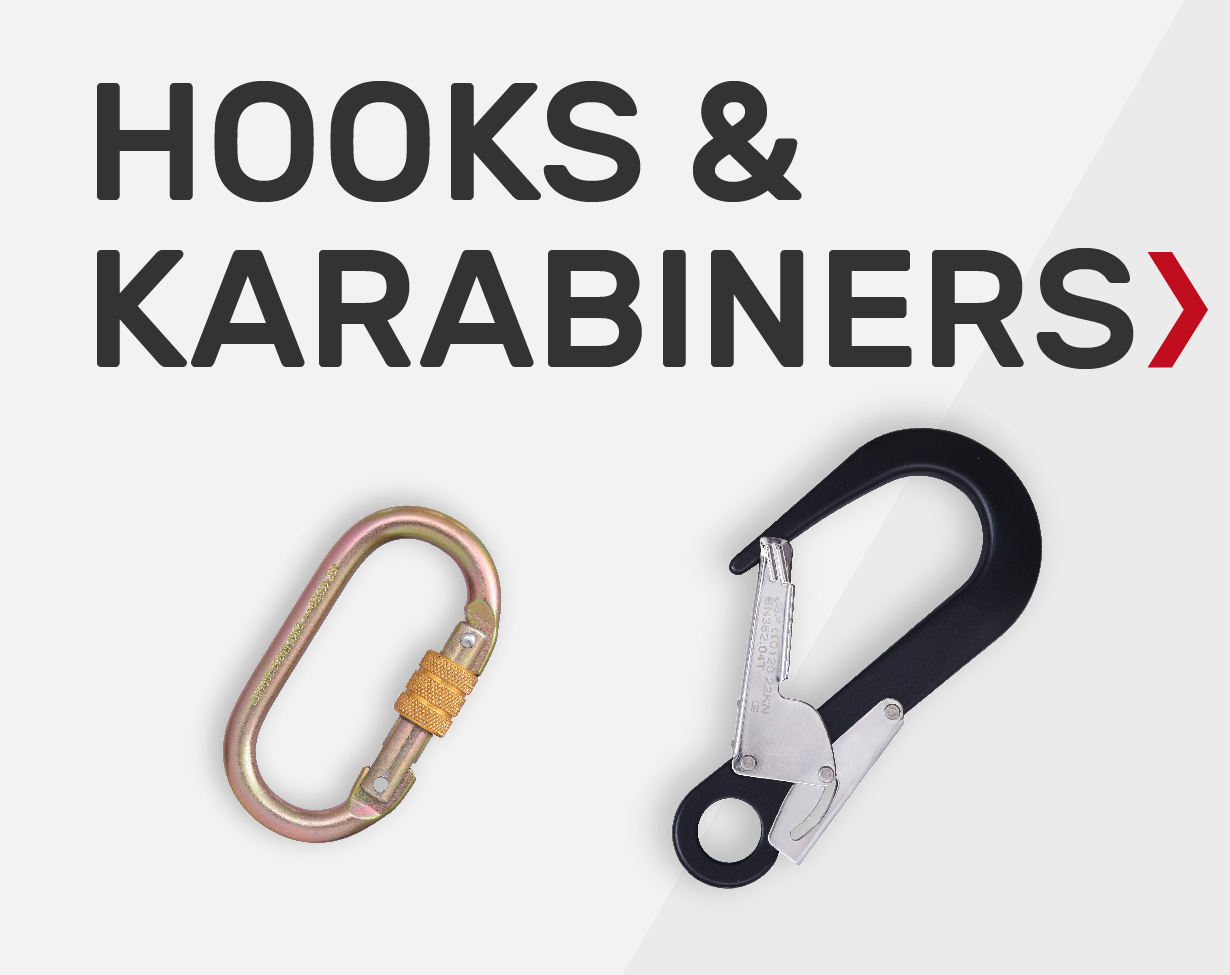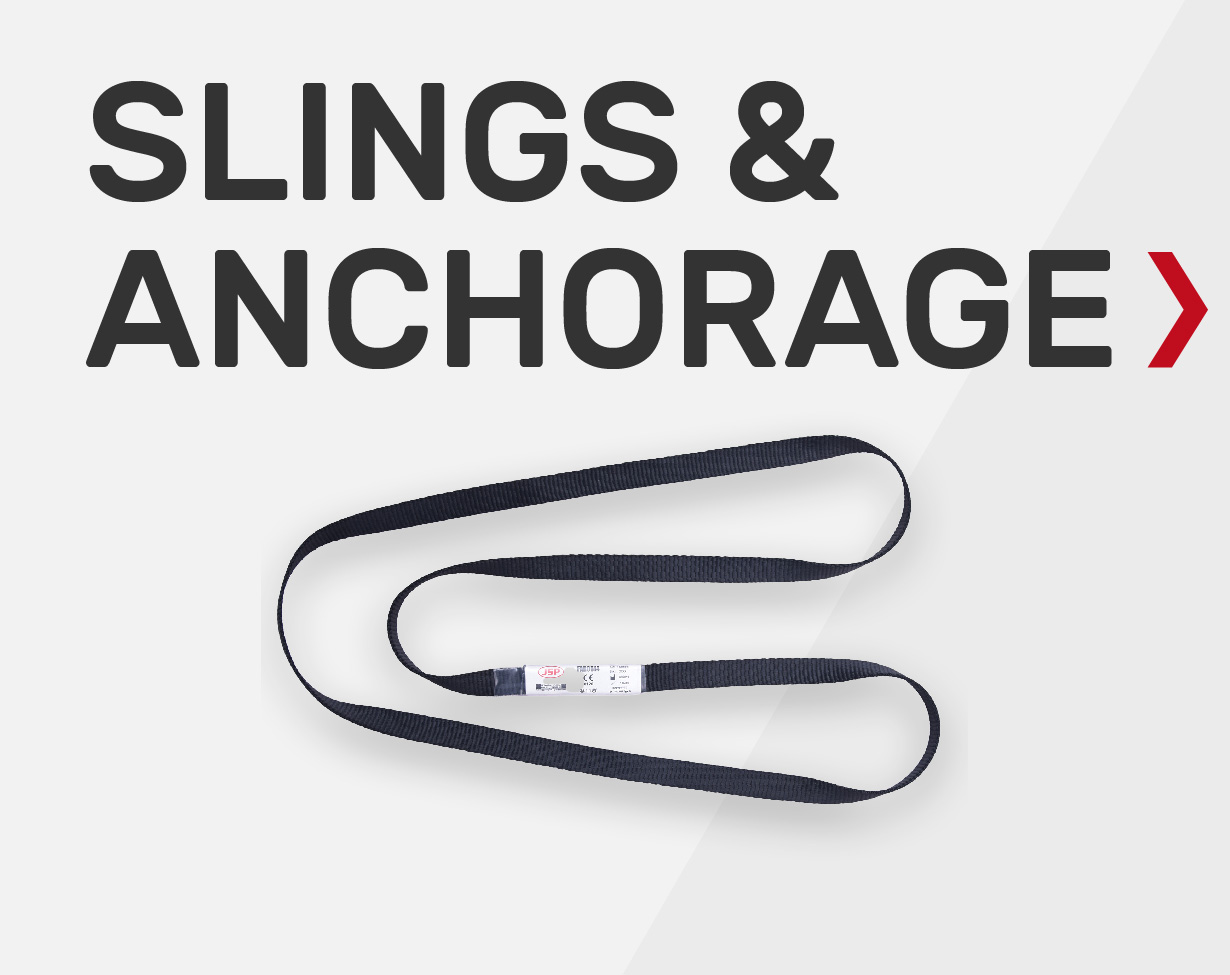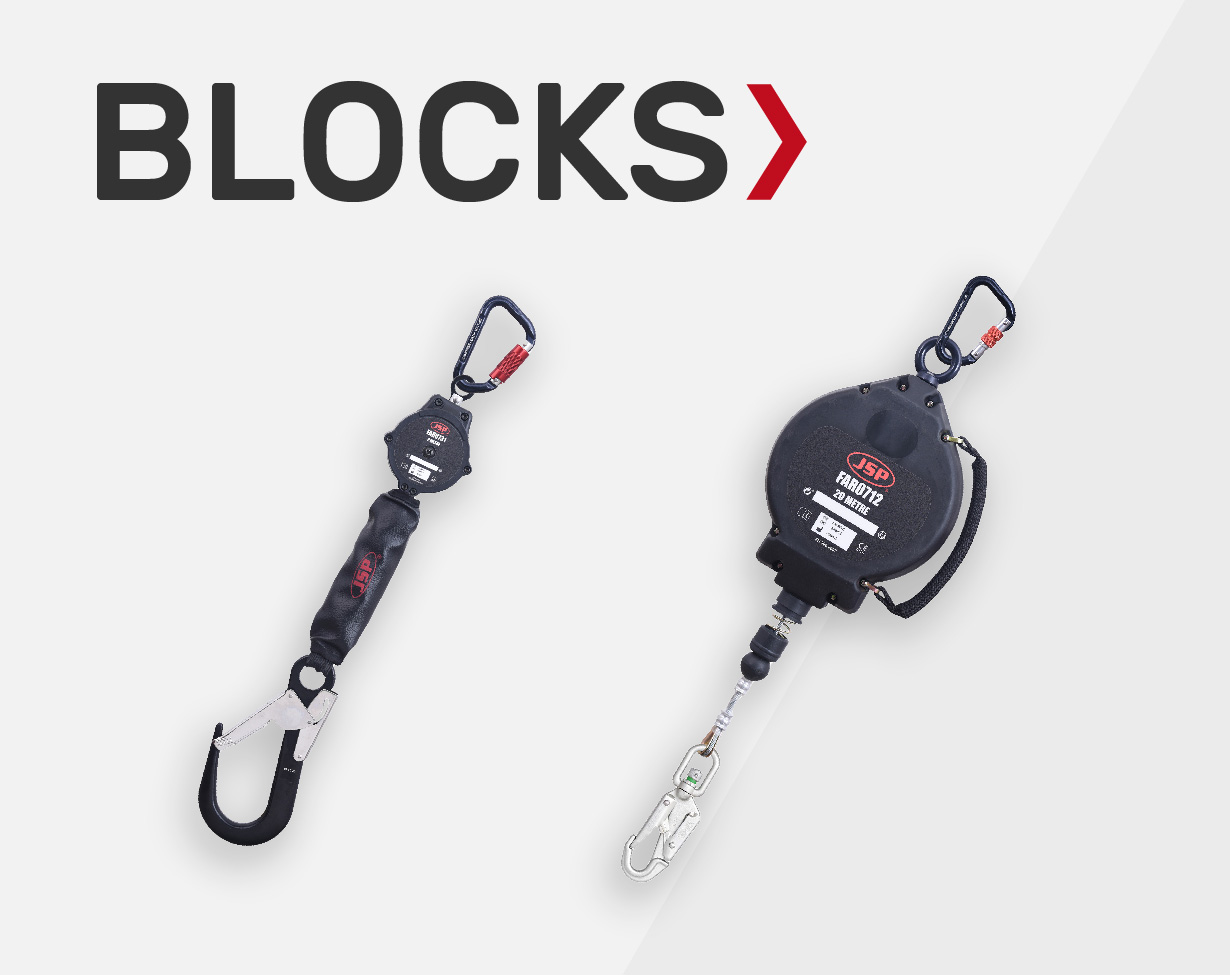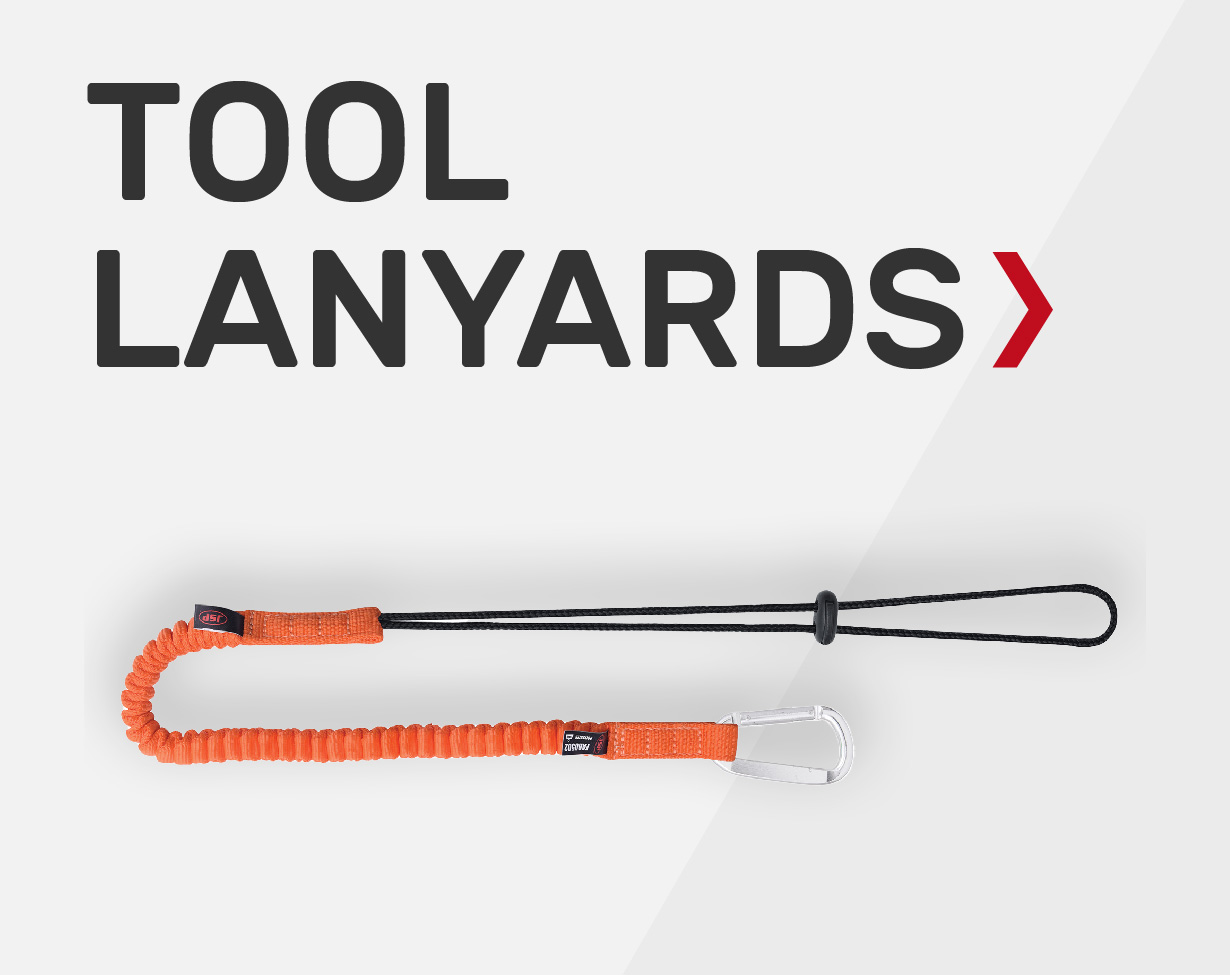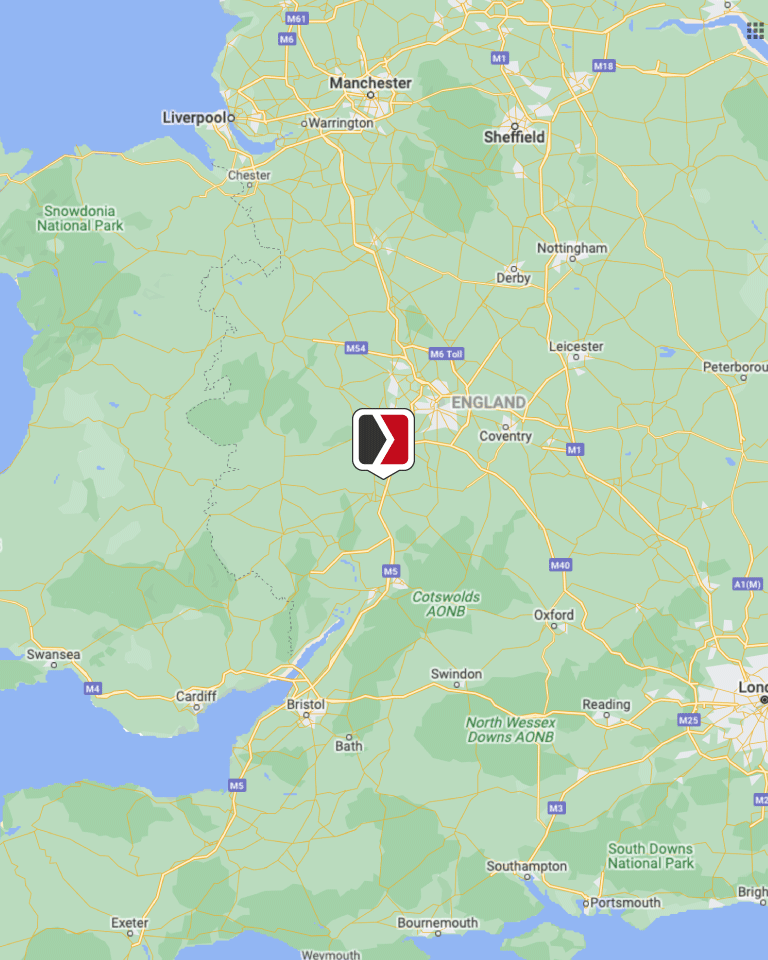Fall Protection Equipment
Personal Fall Protection Equipment (PFPE)
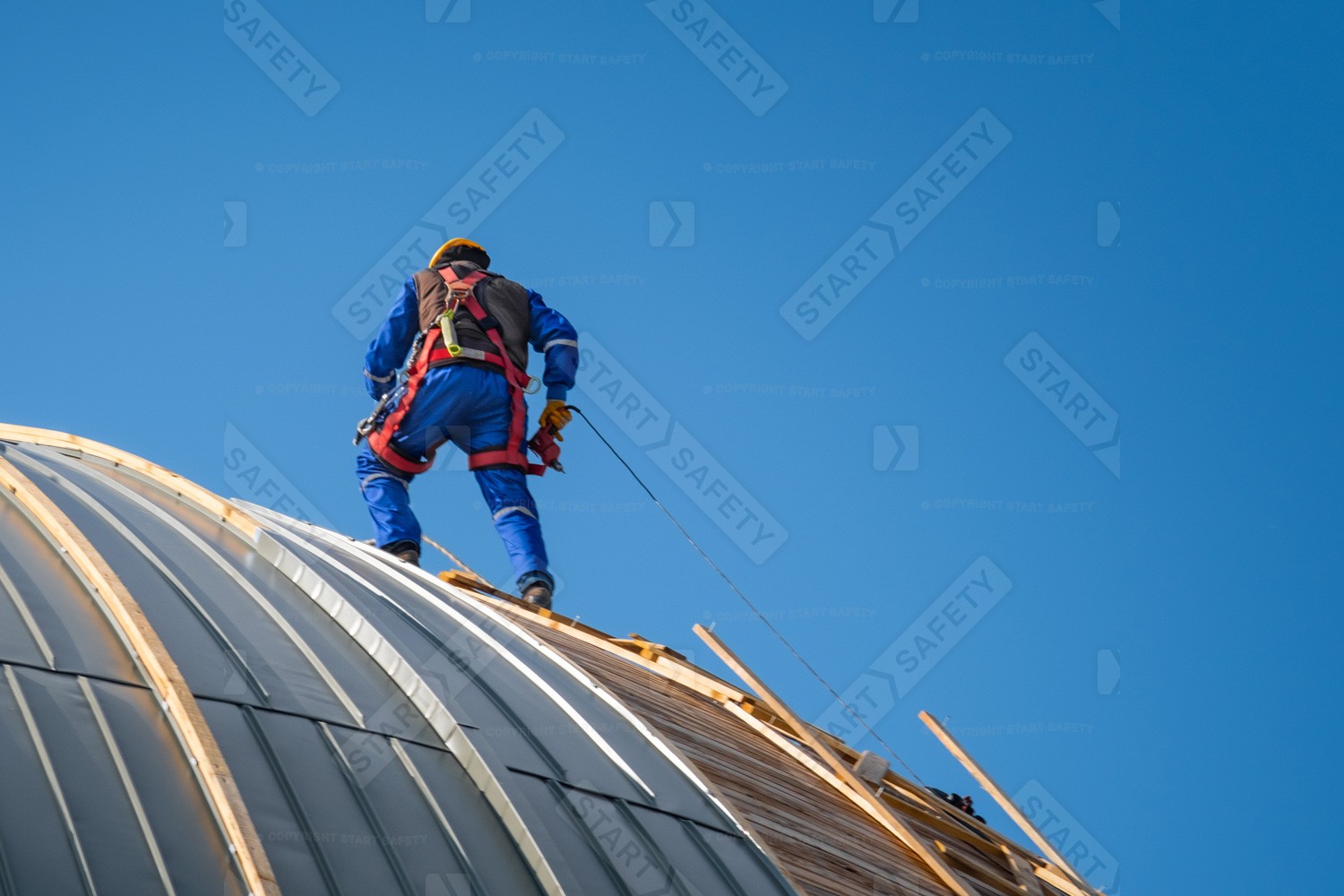
When working at height, you must have the proper safety equipment to prevent falls. Many circumstances require fall protection systems to be in place, and It is important to remember that working in an area with a fall risk may not necessarily mean you are up a tower or in a cherry lift. It could mean that you are working at the edge of a deep foundation, the edge of an empty swimming pool, or even the top of a steep roadside embankment.
The core function of all fall prevention and protection devices is to prevent injury from occurring from a fall. Fall safety system components come in many formats depending on the task they are designed for, with a commonality that they all require you to wear a harness.
We are proud to work with some of the best names in the height safety equipment industry. We only supply quality brands that can demonstrate great quality control and have excellent customer service and reputation, ensuring that you, as the end user are well-informed and supported.
Fall Protection Components
Before looking at the different types of fall arrest systems, it is worth getting familiar with the common components used within the range.

Harnesses
This is the core component of all fall protection setups and attaches you to the rest of the fall protection system. There are several options available when choosing a harness, the most critical of these being the number of attachment points available.
Outside of this, many options are quality-of-life features, such as quick-release buckles, lightweight materials or extra padding.
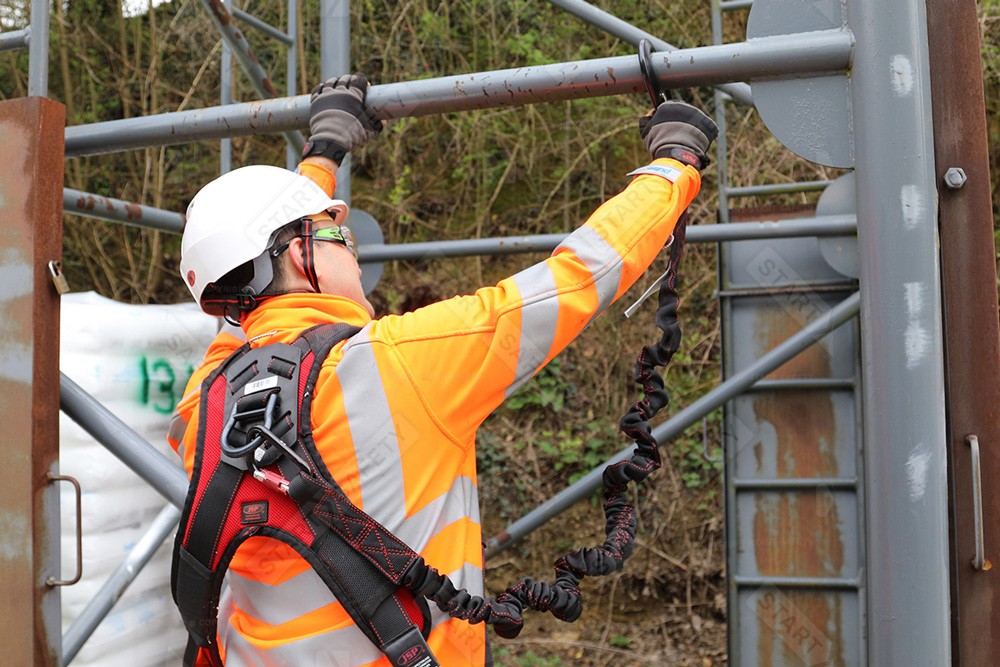
Lanyards
These come in various styles, but generally, they are used to connect two items together. This connection can be between you and an anchor point that can support your weight in the event of a fall or between you and a tool you are using to prevent it from falling on someone if you drop it.
Again, these come in various formats, with some resembling ropes and others resembling woven straps.
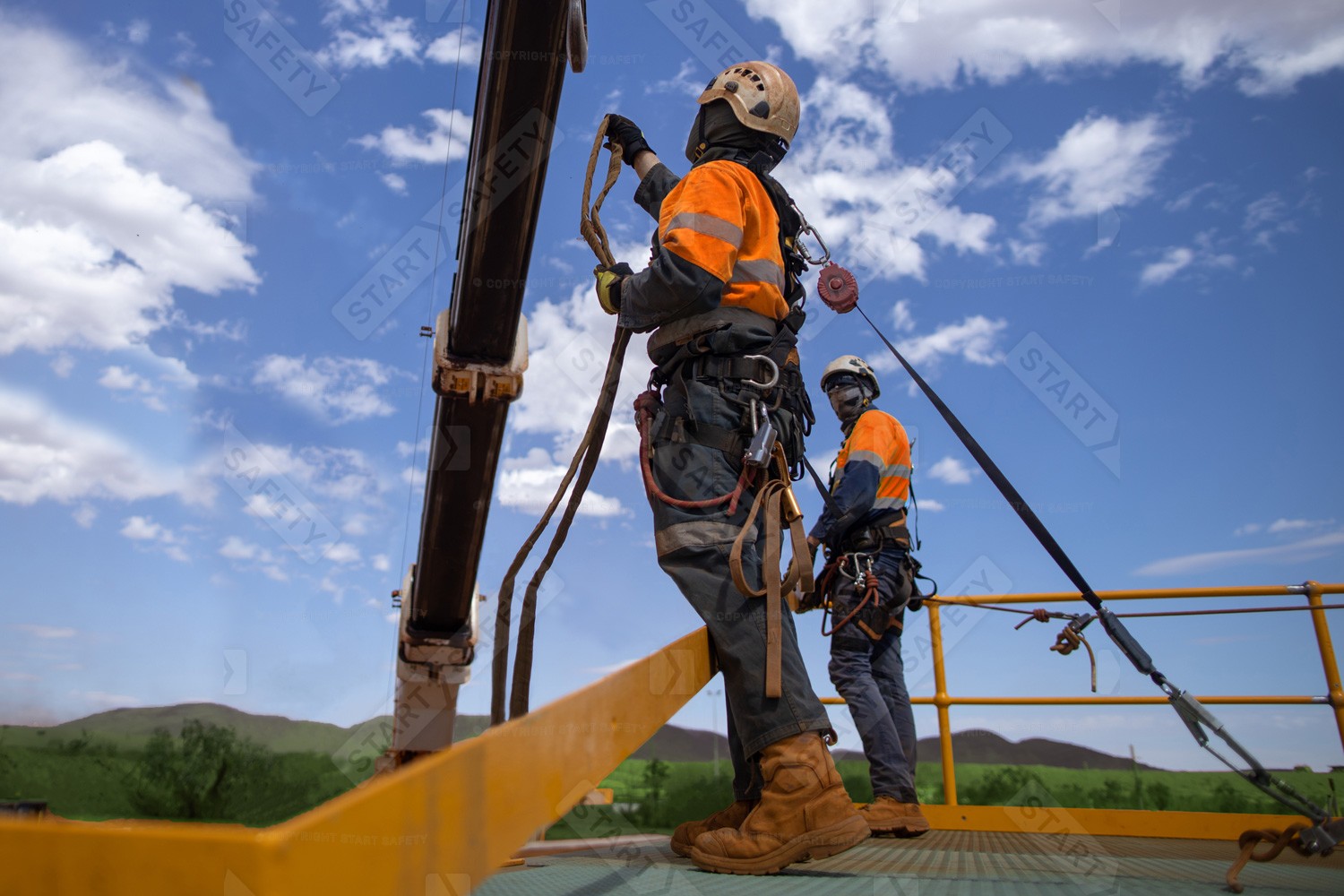
Self-Retracting Blocks
You can use these systems to dispense a wire or webbed strap whilst working at height that you can use to catch or limit a fall.
They come in various lengths and have features that make them useful for specific tasks. For example, some are suitable for horizontal use, whilst others are designed for vertical use only.
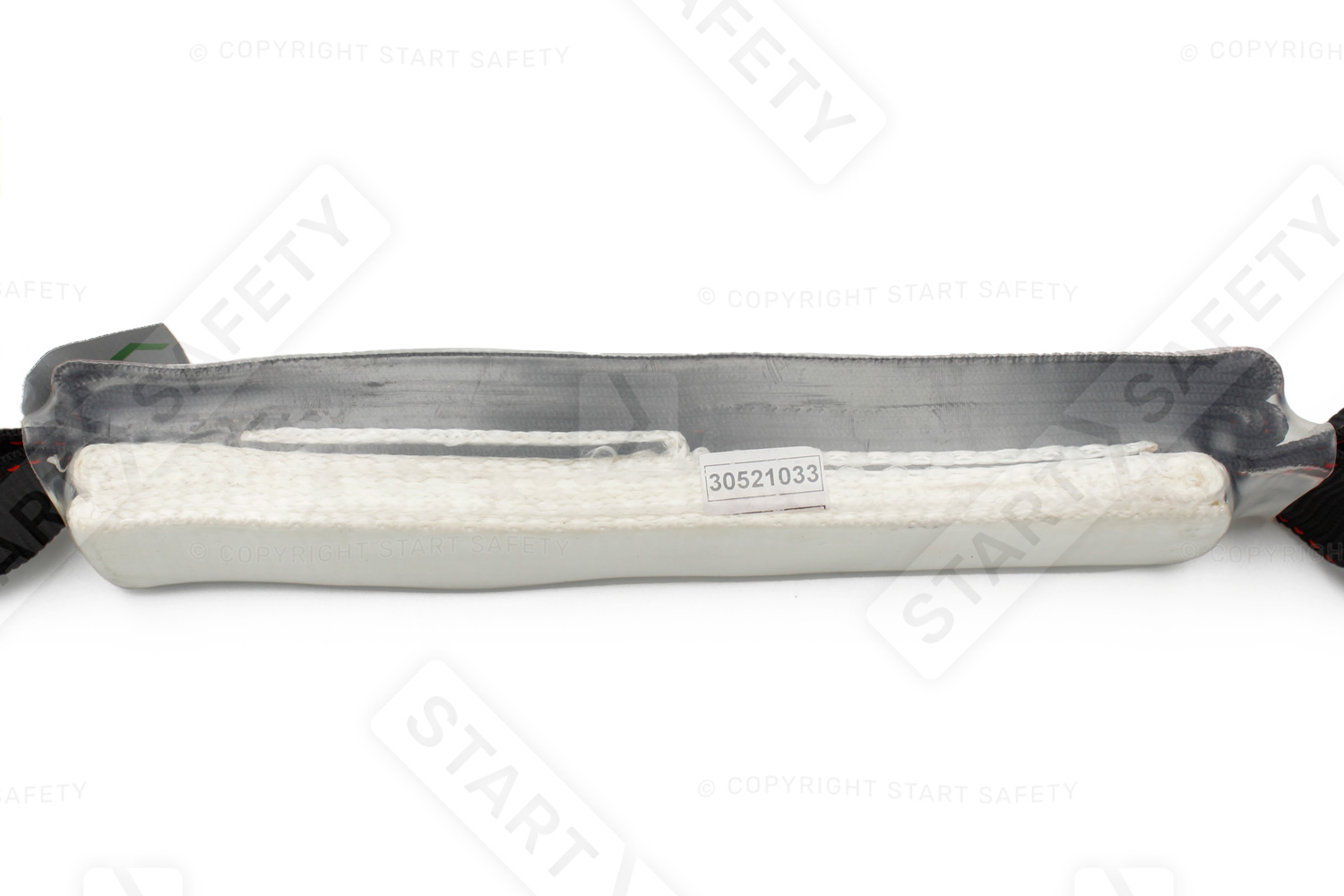
Shock Absorbers
These energy-absorbing components come integrated into many lanyards and even self-retracting block systems.
They work as part of a fall arrest system to absorb energy as the lanyard tightens, reducing the risk of significant injury that stopping abruptly can cause.
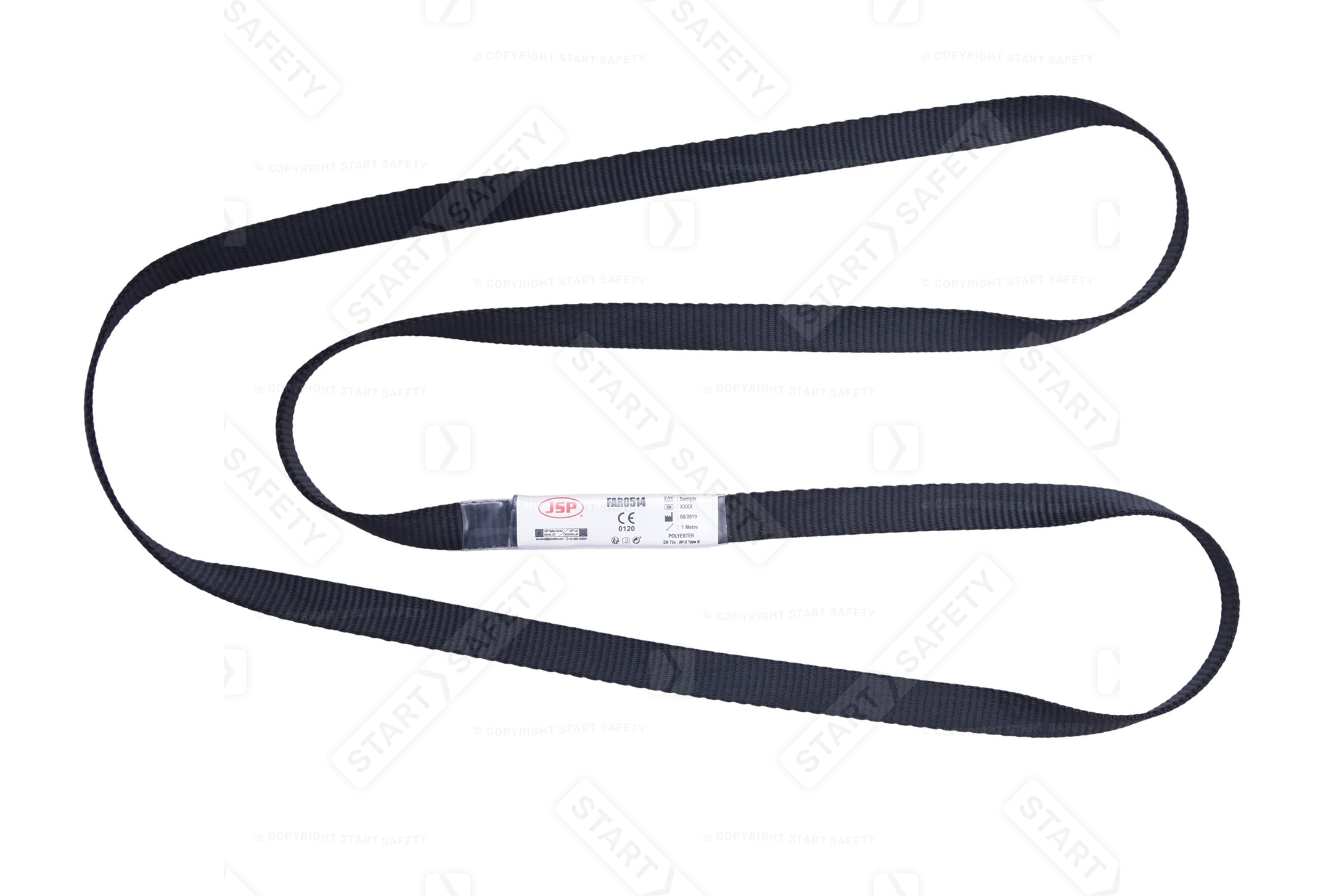
Slings & Anchorage Lines
For the most part, these are a type of lanyard that you can use to form an anchor point. They are instrumental if you are working somewhere that does not have a formal anchor point.
They can be looped around a tree and used to form a secure anchor point to connect your gear onto.
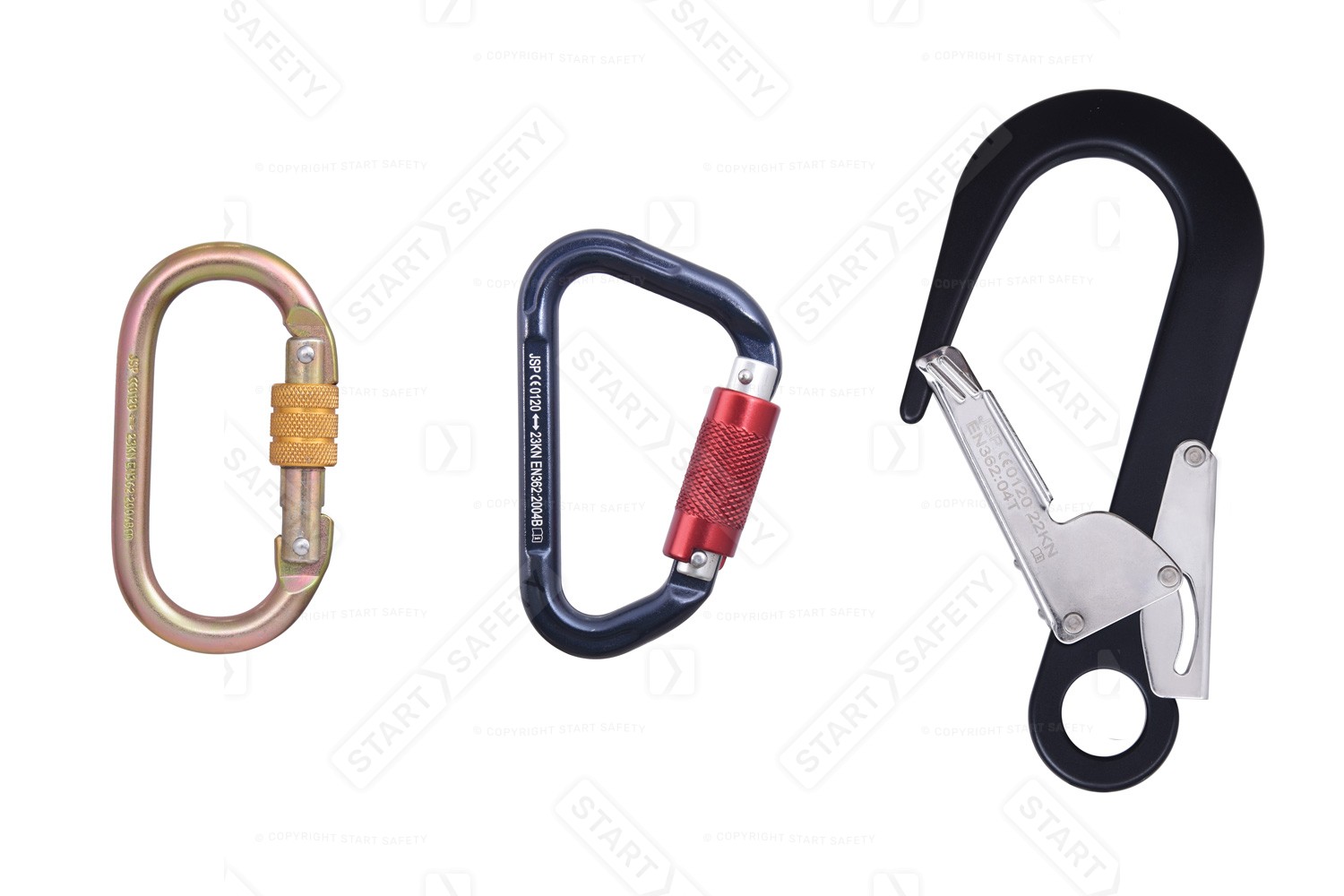
Hooks, Connectors & Karabiners
These are the components that connect everything. They offer a quick, convenient and secure way to attach a lanyard to a harness or anchor point.
Materials include lightweight aluminium or standard steel. You can also get specialist hooks that attach to structures such as scaffolding.

Key Types of Fall Protection & Safe Working At Height Applications
There are four fundamental types of working at height, each requiring slightly different fall protection solutions. Getting the correct type of system for the task you are doing is essential; one job may also need more than one type of equipment; for example, making your way to a work point may require a fall arrest system, whilst doing the actual job may need a work restraint system.
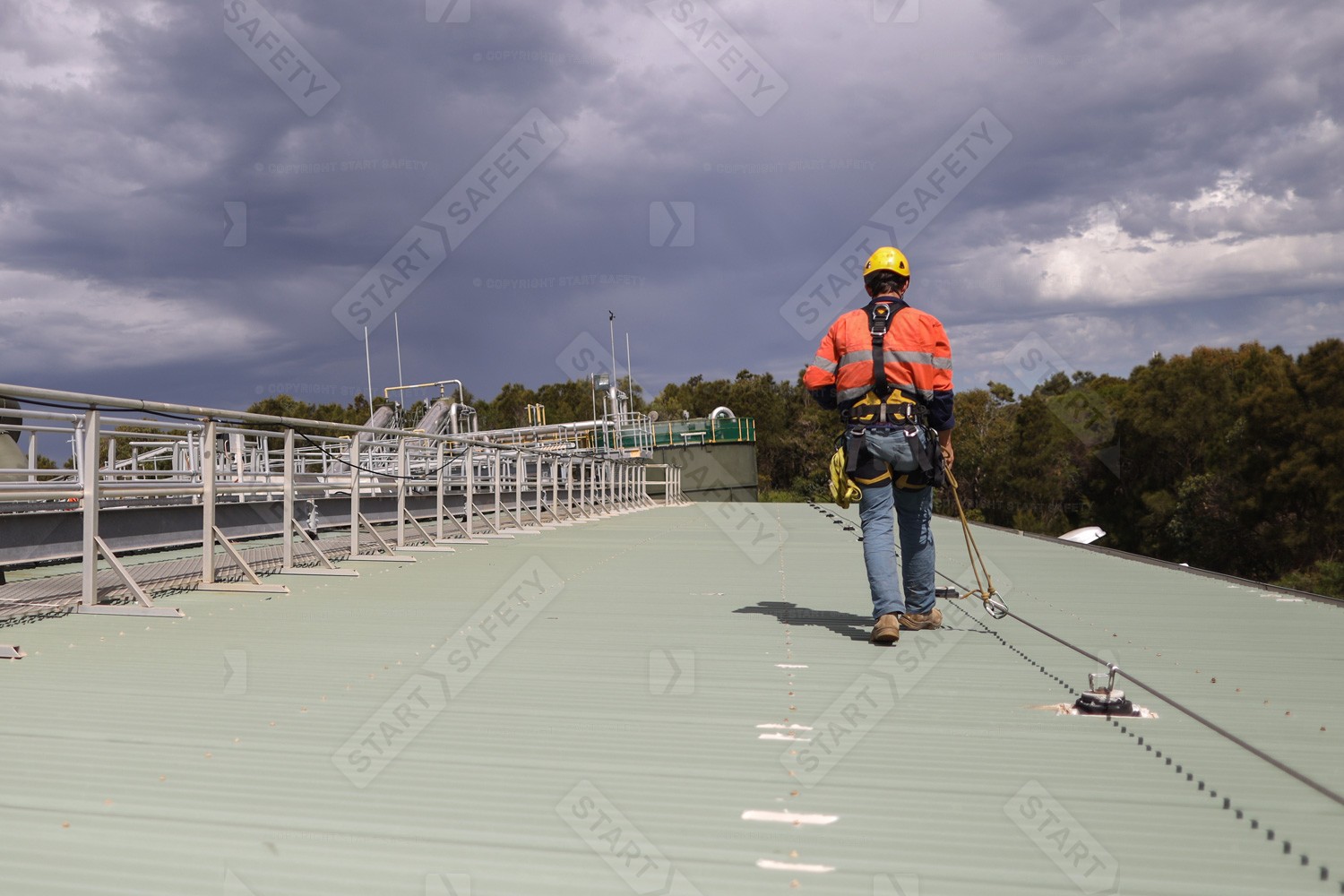
Fall Restraint
You are best to think of this as equipment that prevents you from getting to a point where you can have a fall. An example of this setup would be where you are working on a flat roof and use a lanyard attached to an anchor point that does not allow you to get close to the roof edge. Another excellent example of a restraint application is a worker in a cherry picker basket, where the worker can use an appropriately adjusted lanyard to prevent themself from being able to lean over or fall out of the basket.
- Lanyards for this application do not generally have shock absorbers; they can be both fixed length and adjustable. These systems operate in such a way as to prevent the risk of free fall.
- Harnesses used in this application only need to be one point. However, a two-point or more-point harness may be required if your work environment requires it.
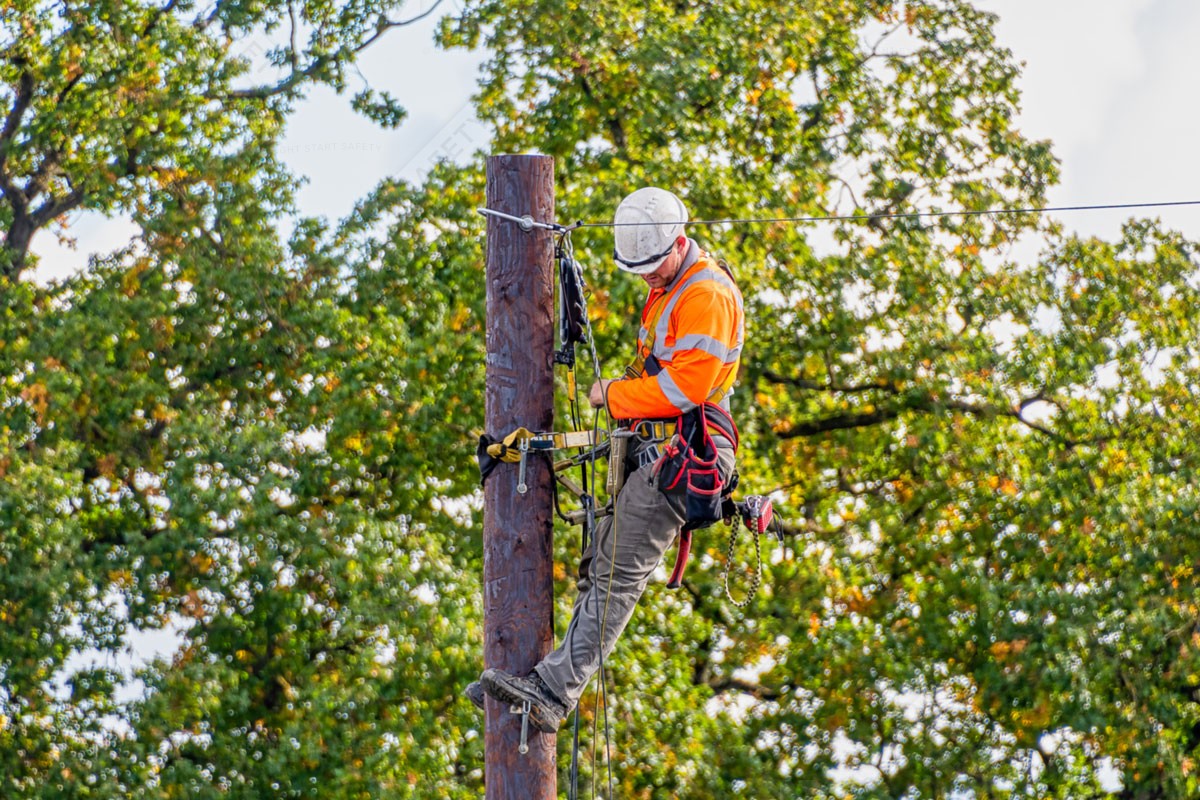
Work Positioning
You use work positioning equipment to hold yourself in position whilst working at height. An example would be if you were working up a telegraph pole and needed to use your hands to carry out work, you can use a work positioning lanyard in tension to support your weight either wholly or partially. This setup grants free use of your hands whilst you work.
- Lanyards in this application come in many shapes and sizes; they are often adjustable and usually feature elements that protect them from wear caused by rubbing on surfaces.
- Harnesses used in this application are generally at least a three-point design.
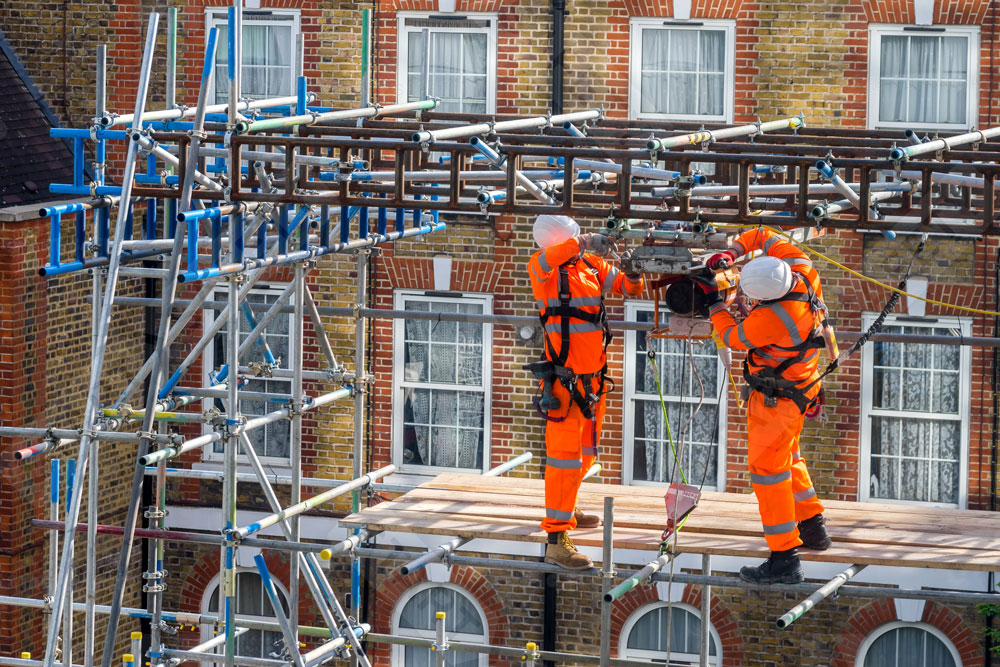
Fall Arrest
Fall arrest equipment kicks in after something has gone wrong. A fall arrest system aims to prevent the wearer from falling onto the ground below in the event of a fall. It does all this whilst also decelerating them in a controlled manner to ensure that the shock of the system stopping the fall does not cause injury. For example, you may use a fall arrest setup whilst climbing a ladder or working at height erecting scaffolding.
- Lanyards used in these applications contain a shock-absorbing element; they have a stated working length that will extend as the shock absorber deploys in the event of a fall.
- There are no special requirements for harnesses in fall arrest applications, a simplistic single-point harness is often sufficient, but this will ultimately depend on your working application.
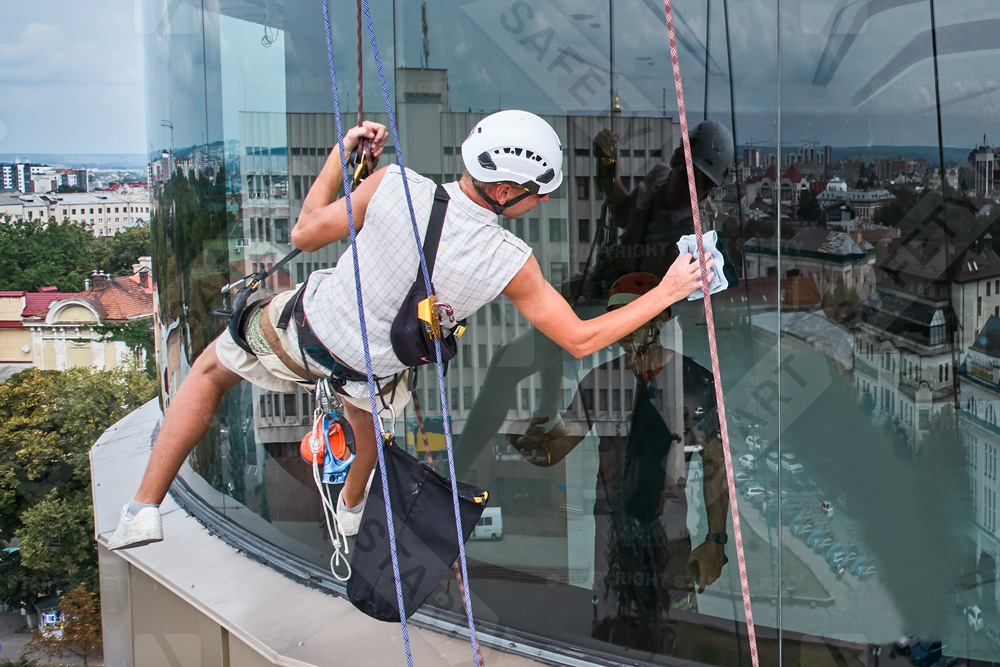
Work In Suspension
For some jobs, your only access to the point of work may be by rope. For example, this may be the case if you are window cleaning or performing maintenance on the smooth pylon section of a wind turbine. In these applications, you would generally use a guided fall arrest lifeline system in conjunction with a main supporting rope which the user will ascend or descend as required.
- Lanyards for this type of work will typically be a rope-and-grab type setup or a retractable block.
- Harnesses worn for this type of work typically have at least 3 points of attachment and often as many as 5, allowing the wearer to transfer between ropes whilst traversing an area.
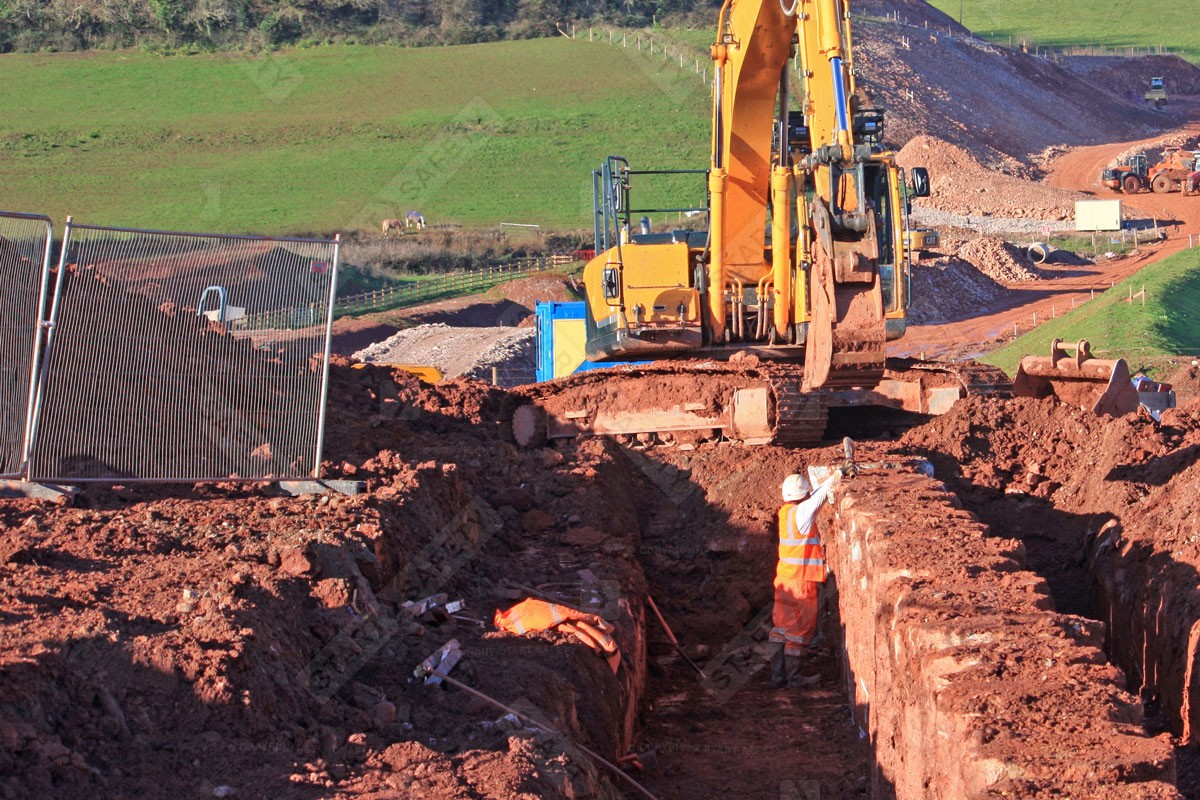
Who Needs Fall Protection Devices?
When people think of fall protection, they immediately think of workers operating tens of metres up in the air. Whilst these workers do indeed need overhead fall protection systems to prevent accidents, even someone working on a garage roof is at risk of injury if they were to fall.
With this in mind, it is always worth considering what steps you can take to remove the risk of getting to an area where you can fall down any distance; as mentioned above, you may even be working at ground level next to a deep excavation. In these situations, you still need a safety line and restraint if you are working near the edge as part of a restraint system to prevent falls.
Working At Height Key Considerations
You may have the right equipment, but if you are not using it correctly, you may unknowingly be putting yourself in danger with an elevated false sense of security.
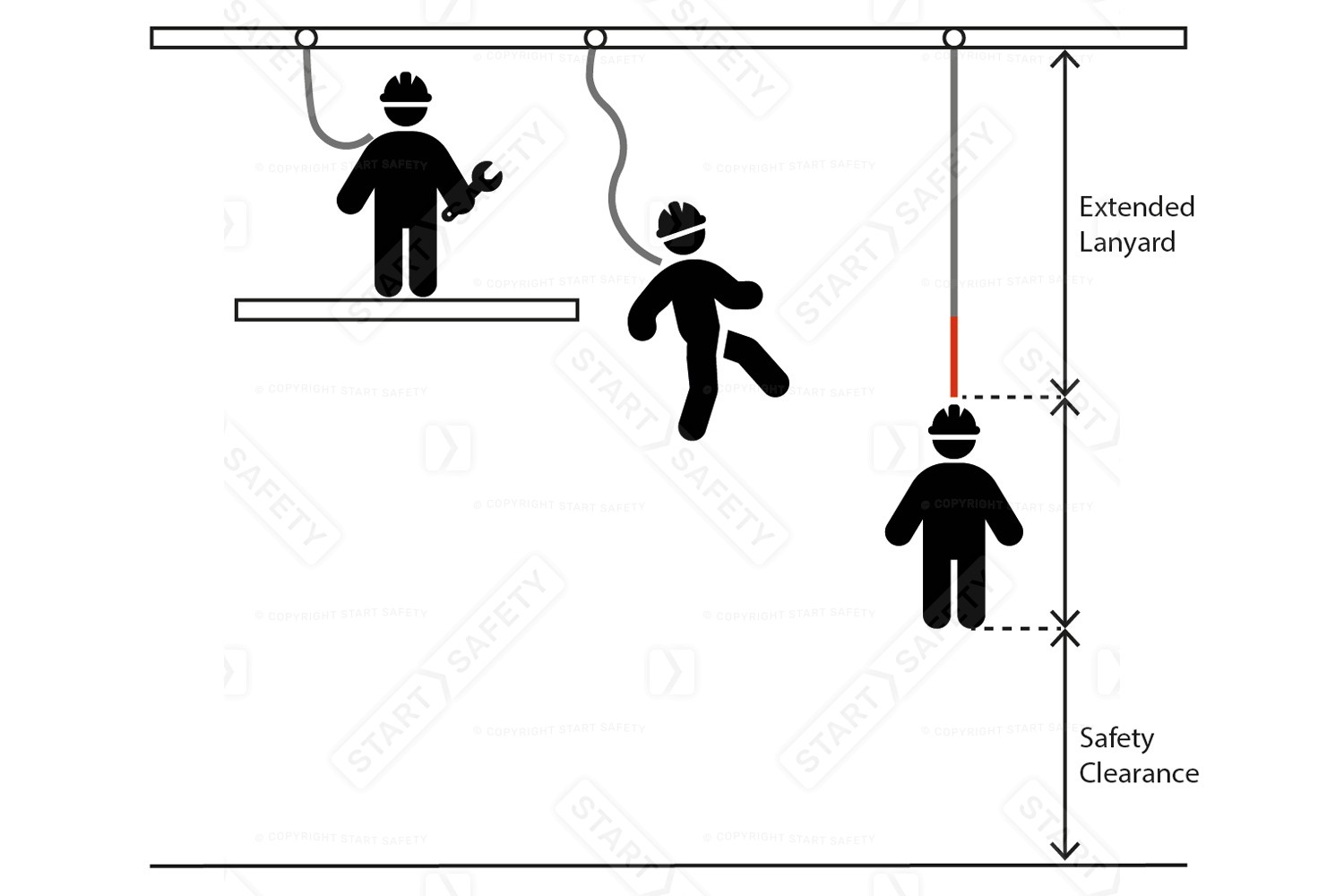
Minimum Free Space Required
When setting up, you must always consider how much space you have to fall into. In brief, you need to consider how long is your entire setup. This includes;
- How long is the lanyard when under tension?
- How long the shock absorber is when extended (if you are using one)?
- How far your feet extend down from the anchor point in use on your harness?
- And of course, an allowance for some “safety clearance”.
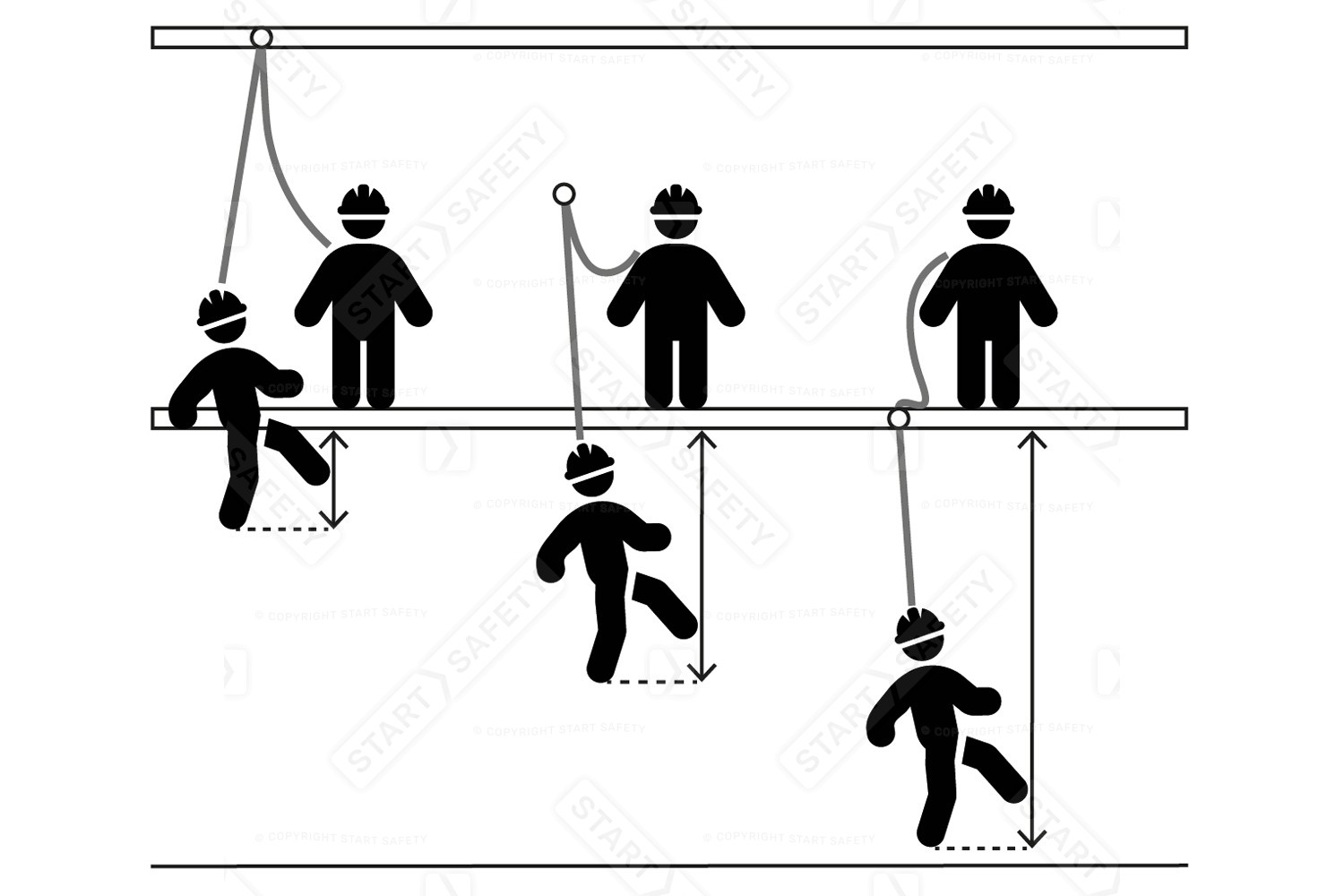
Fall Factor
Determined by the anchor point position, an anchor point above you with an already relatively taut restraint or arrester has a far shorter free fall distance than an anchor point at foot level. Generally, you should aim to have your anchor point as high as possible and avoid using one at ground level unless it is the only option.
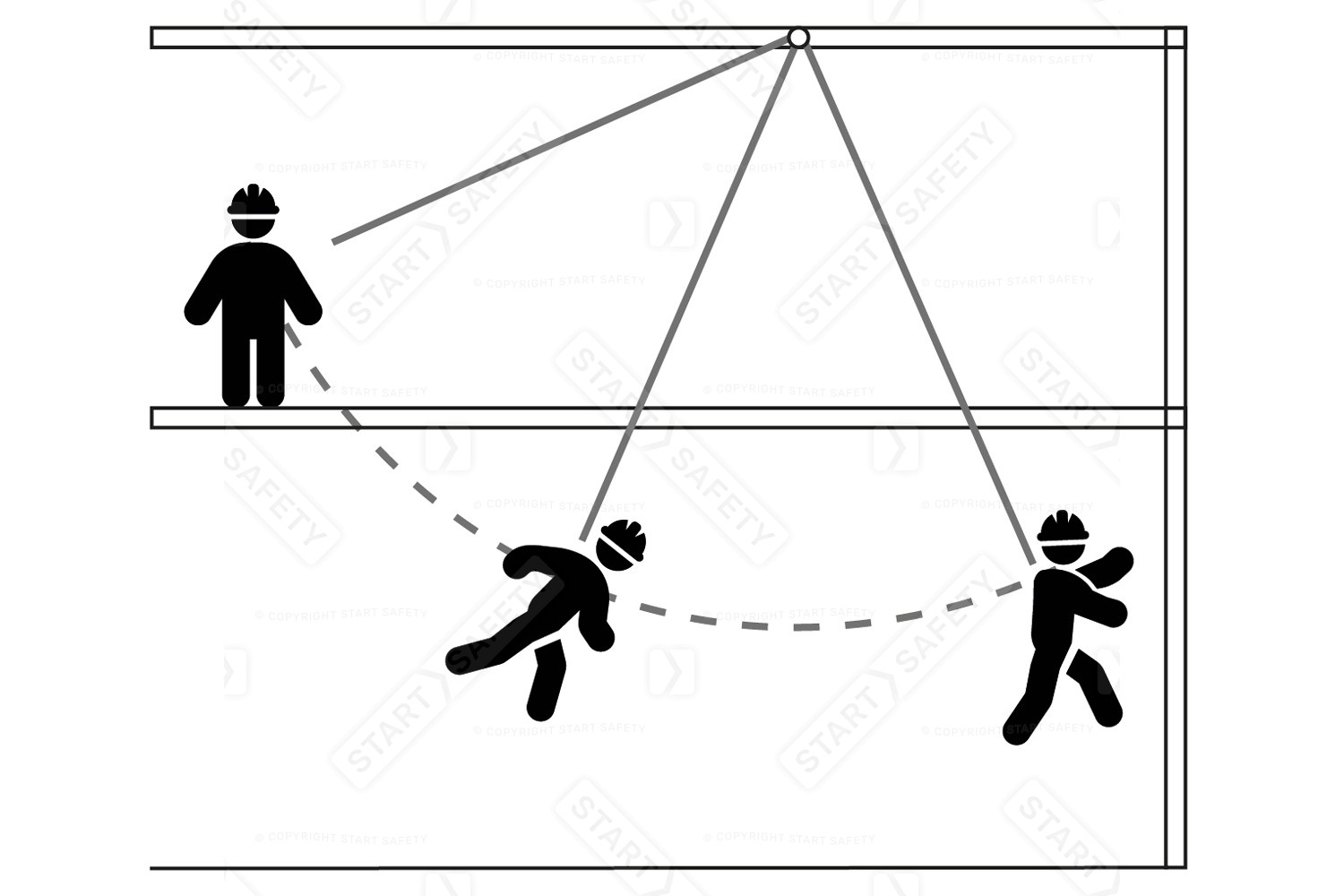
Pendulum Effect
If your anchor point position is 10m to your side, you are at risk of swinging if you take a fall. This pendulum effect is not an issue if there is nothing within the ark that you are swinging into. Still, it can be dangerous and painful if it means you will swing into another structure or graze along a ledge before coming to a standstill.
Other PPE From Our Range
Fall protection systems are seldom used in isolation from other PPE, so if you need any other PPE, we have what you need.
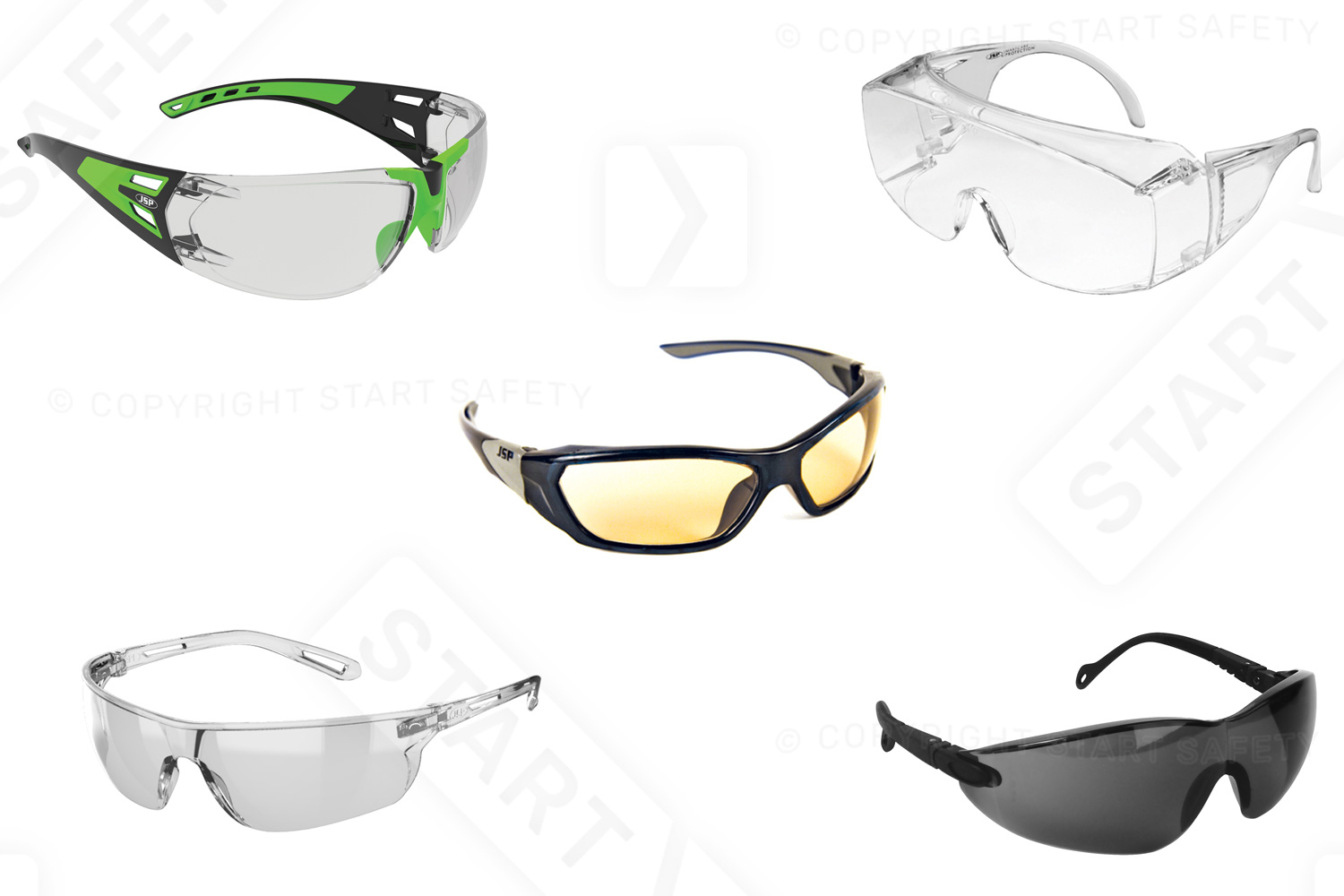
Eye Protection
We have a great selection of eye protection available, from basic safety glasses to over spectacles and integrated eye protection systems.
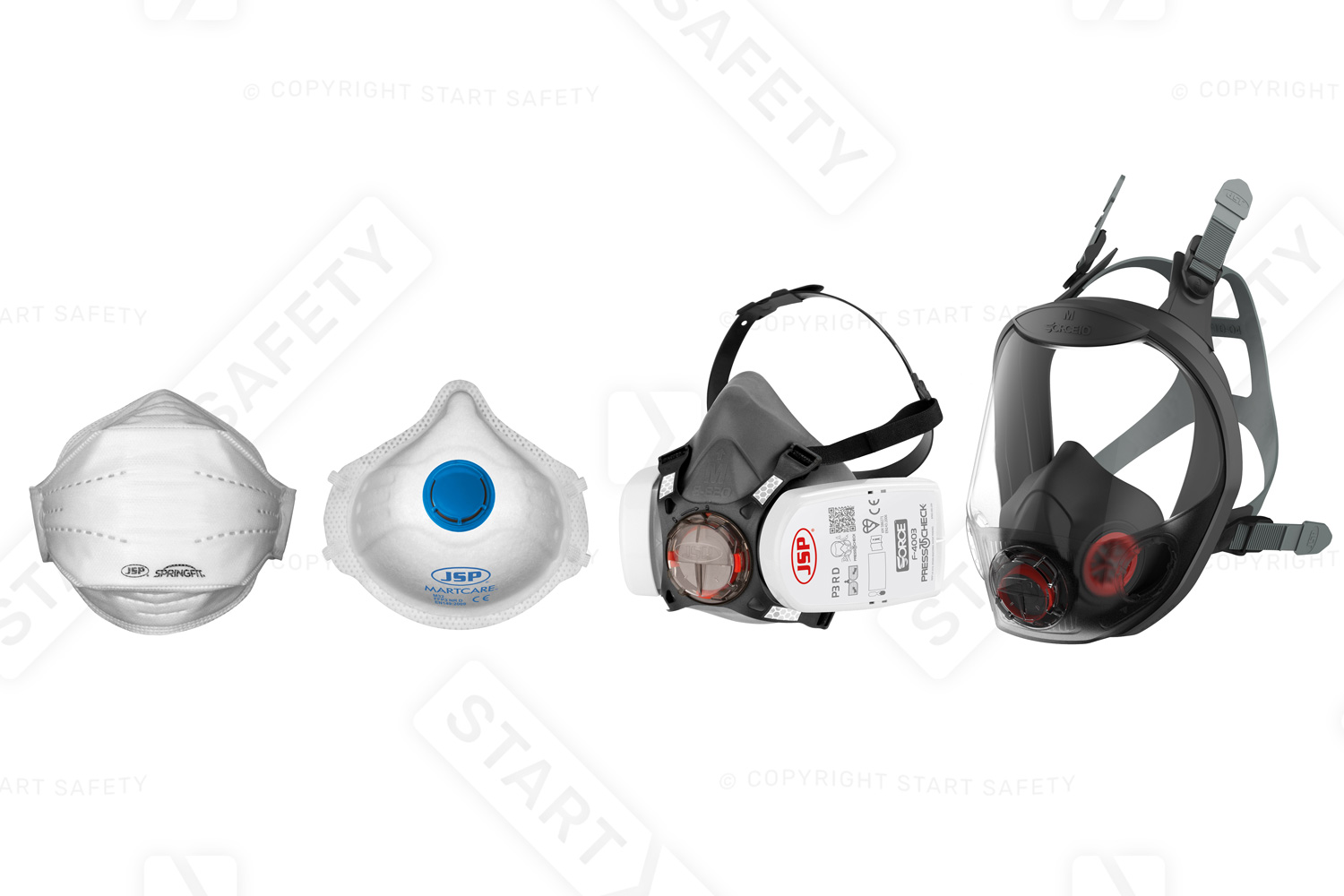
RPE
If you work in a dusty environment or with cutting and grinding equipment, you will need respiratory protection. Find our full range, including full face masks, here.
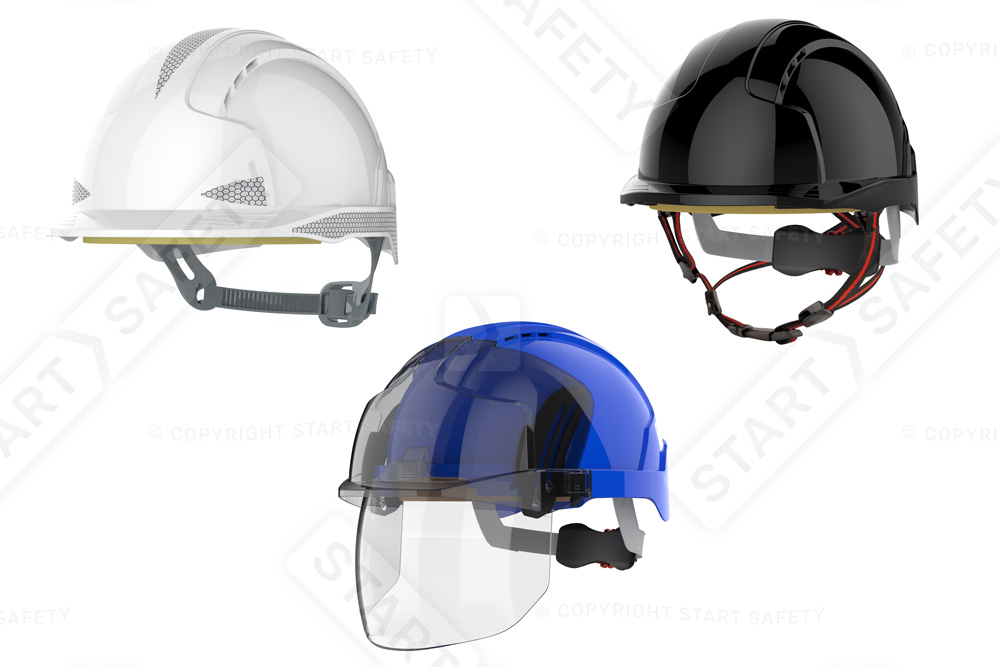
Head Protection
We have a massive range of quality helmets and bump caps suitable for all work environments.
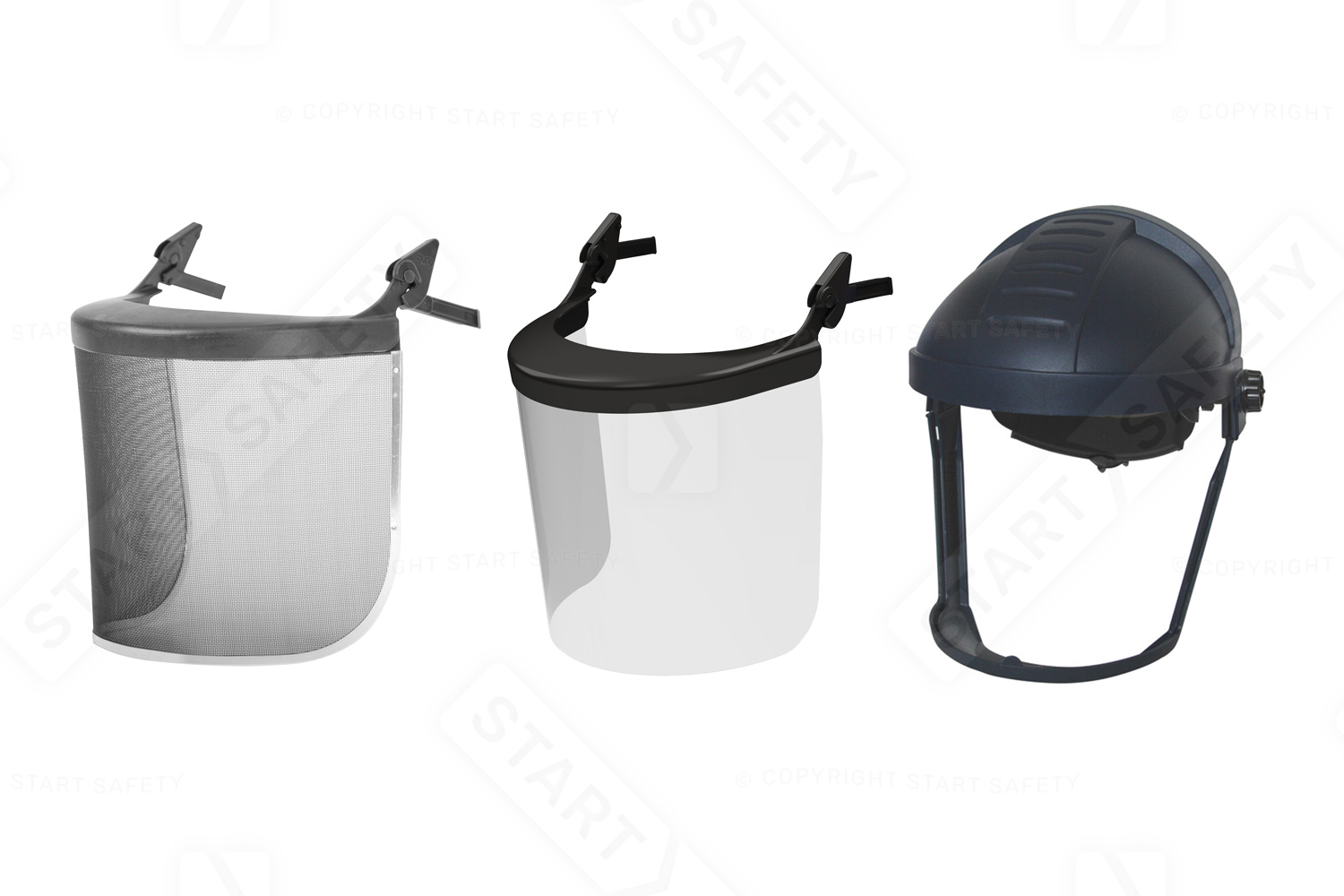
Face Shields
We provide full face shields for various purposes, from mesh visors for arborists to specialist visors that protect from arc flash for electrical applications.
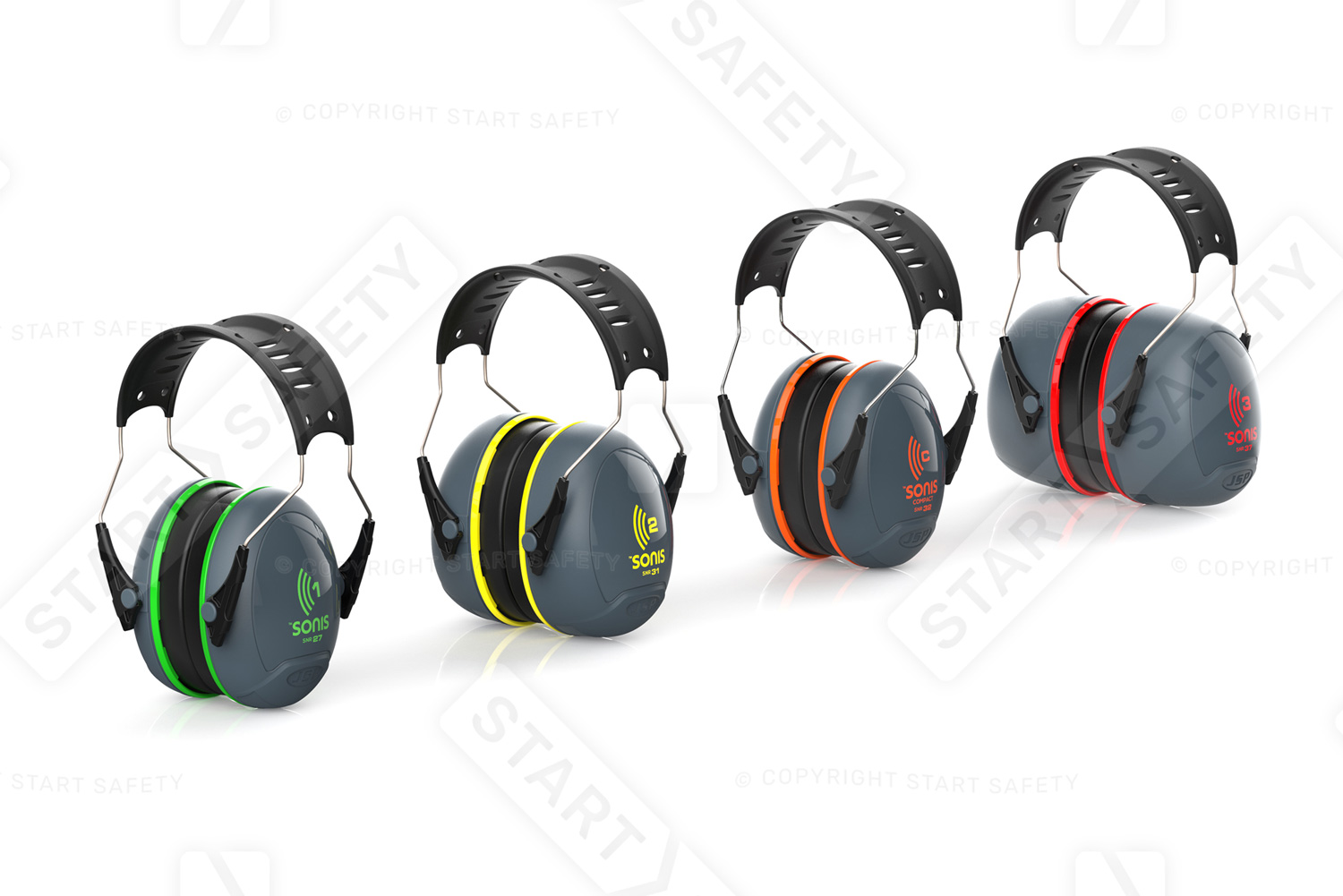
Ear Defenders
If you work with loud equipment, you will want some hearing protection. Find in-ear plugs and over-ear defenders in our hearing protection category.
Need Help Finding The Right Fall Protection?
Whether you are looking for a roof fall protection system, overhead fall arrester or anything else to keep you safe whilst working at height or around open excavations, we are here to help. We work closely with major manufacturers to ensure that our range is comprehensive and contains everything you need to keep safe. So call our friendly sales team today on +44 (0)1905 794875.
There are no products to list in this category.



